Qingdao Port is a key hub for global trade, ranking among the busiest and most important ports worldwide. Located on China’s eastern coast, it offers advanced infrastructure and modern facilities that manage all sorts of cargo, from containers to bulk goods. The port’s significance is underscored by its impressive throughput, handling over 600 million tons of cargo annually, making it a key node in international shipping and logistics.
With advanced automation systems, efficient logistics, and seamless connectivity to major trade routes, Qingdao Port is pivotal in driving economic growth and facilitating global commerce. Whether you’re a logistics professional or a business owner, understanding Qingdao Port’s capabilities can provide valuable knowledge of international trade and supply chain management dynamics.
Locate Qingdao Port Using its Code
Port codes play a crucial role in international trade and logistics. These standardized identifiers, usually alphanumeric codes, help streamline the shipping process by providing a unique reference for each port. They enhance efficiency by reducing errors in documentation and ensuring the accurate routing of cargo. Port codes are essential for shipping companies, freight forwarders, and customs authorities, enabling smooth coordination and tracking of shipments across global trade networks.
Qingdao Port Code
Qingdao Port is designated by the code CNTAO. This code follows the UN/LOCODE (United Nations Code for Trade and Transport Locations) system, which combines the country code ‘CN’ for China and ‘TAO,’ derived from Qingdao’s former romanized name, Tsingtao. The CNTAO code simplifies the identification of Qingdao Port in shipping documents, databases, and logistics systems, ensuring accurate and efficient cargo handling.
How to Use the Qingdao Port Code in Shipping Documents?
Using the Qingdao Port code correctly in shipping documents is vital for smoothly-transit goods. Here’s how to integrate CNTAO into various shipping forms:
- Bill of Lading (BOL): Ensure the port of loading or discharge section includes ‘CNTAO’ to specify Qingdao Port as the shipping origin or destination.
- Shipping Instructions: Mention ‘CNTAO’ to guide freight forwarders and shipping lines, preventing misrouting.
- Customs Declarations: Use ‘CNTAO’ in export or import declarations to facilitate customs clearance and avoid delays.
- Freight Booking Forms: When booking space with shipping lines, indicate ‘CNTAO’ to confirm Qingdao Port as the intended port.
Accurate usage of the Qingdao Port code ensures compliance with international shipping standards and enhances the efficiency and reliability of global logistics operations.
Geographical and Operational Overview of Qingdao Port
Qingdao Port, situated on the eastern coast of China, is a crucial maritime trade and logistics hub. Its strategic location and comprehensive infrastructure make it one of the most significant ports in the world.
Geographical Location and Layout
Qingdao Port is located in the Shandong province, along the Yellow Sea. Its prime position offers easy access to major international shipping routes, connecting Asia with Europe, North America, and other global markets. The port’s layout includes multiple terminals and docks spread across different zones, optimized for efficiently handling various types of cargo.
Key Terminals and Their Functions
Qingdao Port features several specialized terminals, each designed to cater to specific types of cargo. The Qianwan Container Terminal is one of the busiest, handling millions of TEUs (Twenty-Foot Equivalent Units) annually. The Dongjiakou Bulk Cargo Terminal focuses on bulk commodities like iron ore, coal, and grains. Additionally, the Huangdao Oil Terminal manages petroleum and chemical shipments, ensuring the safe and efficient handling of hazardous materials.
Main Services Offered at Qingdao Port
Qingdao Port offers a wide range of services to facilitate smooth maritime operations. These include:
- Container handling
- Bulk cargo handling
- Logistics services such as warehousing and distribution.
The port is equipped with advanced technology for customs clearance, security, and cargo tracking, ensuring efficient and secure processing of shipments. Additionally, value-added services like container repair, ship maintenance, and bunkering are available to support the diverse needs of shipping companies and traders.
Operational Capacity and Facilities
Qingdao Port’s operational capacity and facilities are designed to efficiently manage a vast quantity of cargo, supporting its status as a global trade hub. This section explores the port’s handling capacity, warehousing capabilities, and transportation connectivity.
- Handling Capacity and Statistics: Qingdao Port boasts an impressive handling capacity, managing over 600 million tons of cargo annually, including around 22 million TEUs of containerized cargo. These statistics underscore its role as one of the busiest ports worldwide, capable of accommodating various goods, from bulk commodities to specialized cargo.
- Warehousing and Storage Facilities: The port is equipped with extensive warehousing and storage facilities, ensuring secure and efficient handling of goods. It offers a range of storage solutions, including general warehousing, refrigerated storage for perishable items, and specialized storage for hazardous materials. These facilities are strategically located within the port area to facilitate quick and easy access to shipping lanes.
- Transportation and Connectivity: Qingdao Port boasts excellent transportation and connectivity options, linking seamlessly with major railways, highways, and inland waterways. This robust infrastructure ensures smooth cargo transit to and from the port, enhancing its role as a primary player in the global supply chain. The port’s connectivity extends to major economic zones in China, providing efficient logistics solutions for domestic and international trade.
Technology and Innovations
Qingdao Port continuously integrates advanced technology and innovations to enhance its operational efficiency and sustainability. This section highlights the port’s technological advancements, automation, and environmental initiatives.
- Advanced Technology Implemented: Qingdao Port has implemented cutting-edge technologies such as automated guided vehicles (AGVs), remote-controlled cranes, and intelligent logistics systems. These innovations streamline operations, reduce manual labor, and enhance precision in cargo handling, contributing to the port’s overall efficiency.
- Automation and Digitalization Efforts: The port is a pioneer in automation and digitalization, with significant investments in automated terminals and digital management systems. These efforts include deploying blockchain technology for secure and transparent documentation, IoT (Internet of Things) devices for real-time cargo tracking, and AI-driven analytics for optimizing port operations.
- Environmental and Sustainability Initiatives: Qingdao Port is committed to environmental sustainability and uses eco-friendly methods to reduce its ecological footprint. The port has implemented green practices such as shore power supply, energy-efficient equipment, and waste management systems to reduce emissions from docked ships.
Additionally, it engages in marine conservation projects and adheres to international environmental standards to promote sustainable development in maritime operations.
Customs and Regulatory Information
Navigating customs and regulatory requirements is crucial for seamless operations at Qingdao Port. This section delves into the customs procedures, necessary documentation, and regulatory compliance essentials for businesses engaging with this significant port.
Customs Procedures at Qingdao Port
Qingdao Port employs a streamlined customs process to facilitate quick and efficient cargo clearance. Upon arrival, cargo undergoes a series of inspections and verifications, including physical examinations and document checks.
The port utilizes advanced technology, such as automated customs systems and electronic data interchange (EDI), to expedite procedures and minimize delays. Importers and exporters benefit from the port’s “single window” system, which allows for submitting all necessary documentation through a unified platform, significantly enhancing efficiency.
Necessary Documentation
A comprehensive set of documents is required to ensure smooth customs clearance at Qingdao Port. These typically include:
- Bill of Lading (BOL): Provides detailed information about the shipment and its contents.
- Commercial Invoice: Lists the goods, their value, and the terms of sale.
- Packing List: Details the packaging of the cargo, including weight and dimensions.
- Certificate of Origin: Depends on the origin of the goods, which may affect duty rates.
- Import/Export License: Required for certain regulated goods.
- Customs Declaration Form: Submitted to Chinese customs, detailing the shipment’s specifics.
Appropriate and complete documentation is essential to avoid delays and ensure compliance with customs regulations.
Regulatory Compliance Requirements
Compliance with regulatory requirements is vital for all cargo passing through Qingdao Port. This involves adhering to national and international laws governing trade, safety, and environmental standards. Key compliance areas include:
- Import and Export Regulations: Businesses must comply with Chinese import and export laws, including restrictions on certain goods and mandatory certifications.
- Tariff and Tax Obligations: Accurate tariff classification and payment of taxes and applicable duties are required.
- Safety Standards: Compliance with safety regulations, especially for hazardous materials, is strictly enforced.
- Environmental Regulations: Businesses must adhere to environmental guidelines, including waste management and emissions controls, to minimize ecological impact.
Staying updated about the latest regulatory changes and adhering strictly to compliance requirements is essential for smooth and successful operations at Qingdao Port.
Conclusion
Qingdao Port is poised for significant growth, with ongoing development plans to expand its infrastructure and capabilities. These prospects promise to solidify its position as a leading global port, driving economic growth and facilitating international commerce.
For businesses seeking efficient and reliable logistics solutions, Intoglo offers comprehensive services that align perfectly with your needs for door-to-door FCL shipments. Intoglo provides end-to-end visibility, real-time tracking, and robust support for cross-border shipping from India to the USA, making it an ideal partner for using the capabilities of major ports worldwide.
Whether you need streamlined ocean freight, expert customs clearance, or advanced warehousing solutions, Intoglo’s innovative solution ensures your logistics operations are smooth and efficient. Visit Intoglo to explore how our services can optimize your global shipping needs.


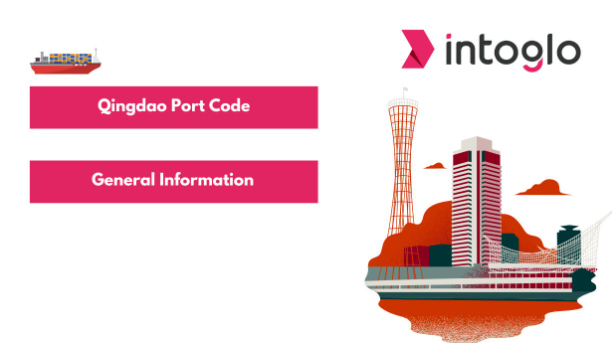
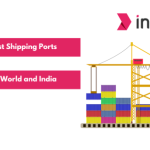

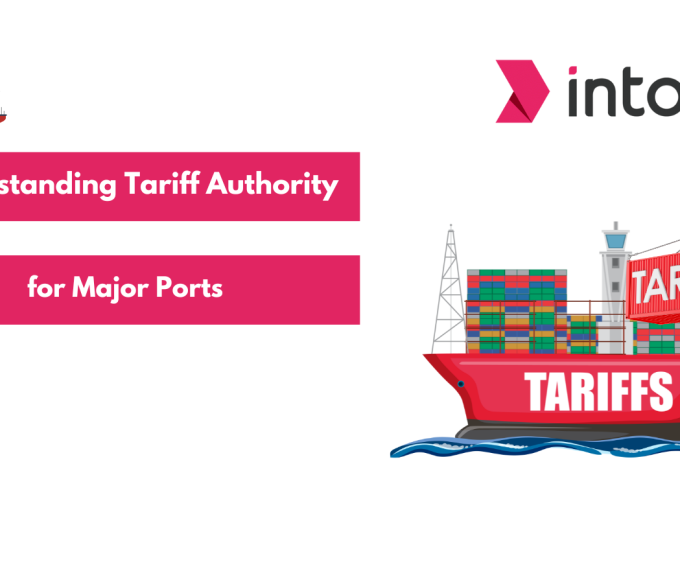
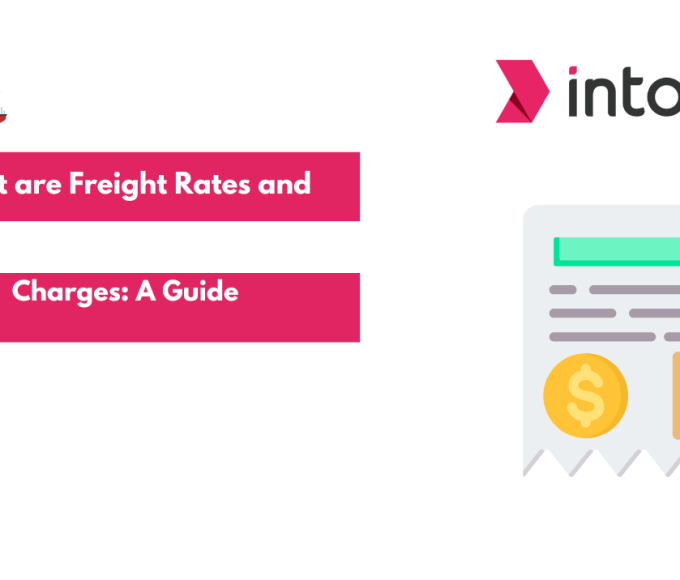
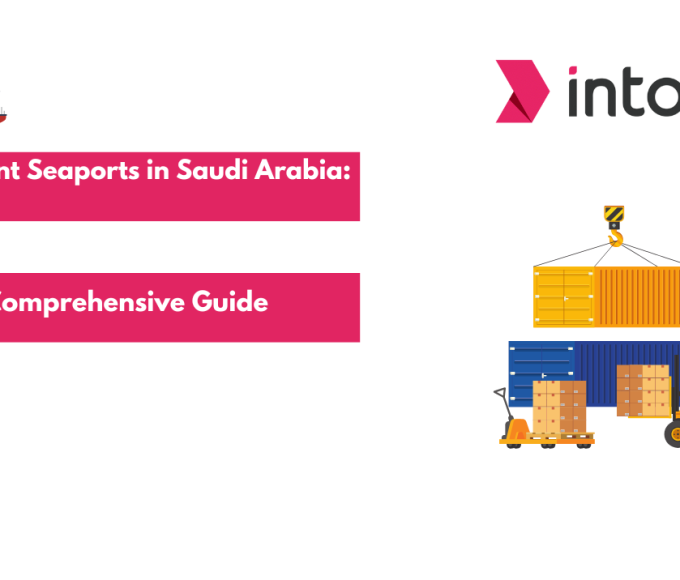
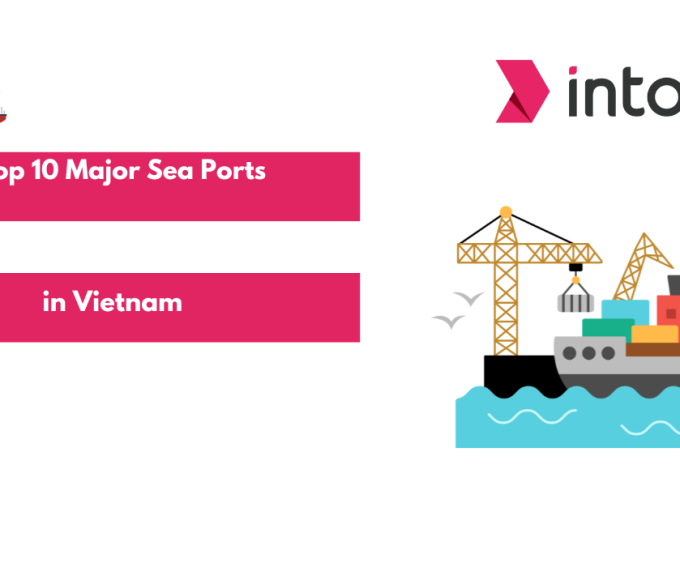
Leave a comment